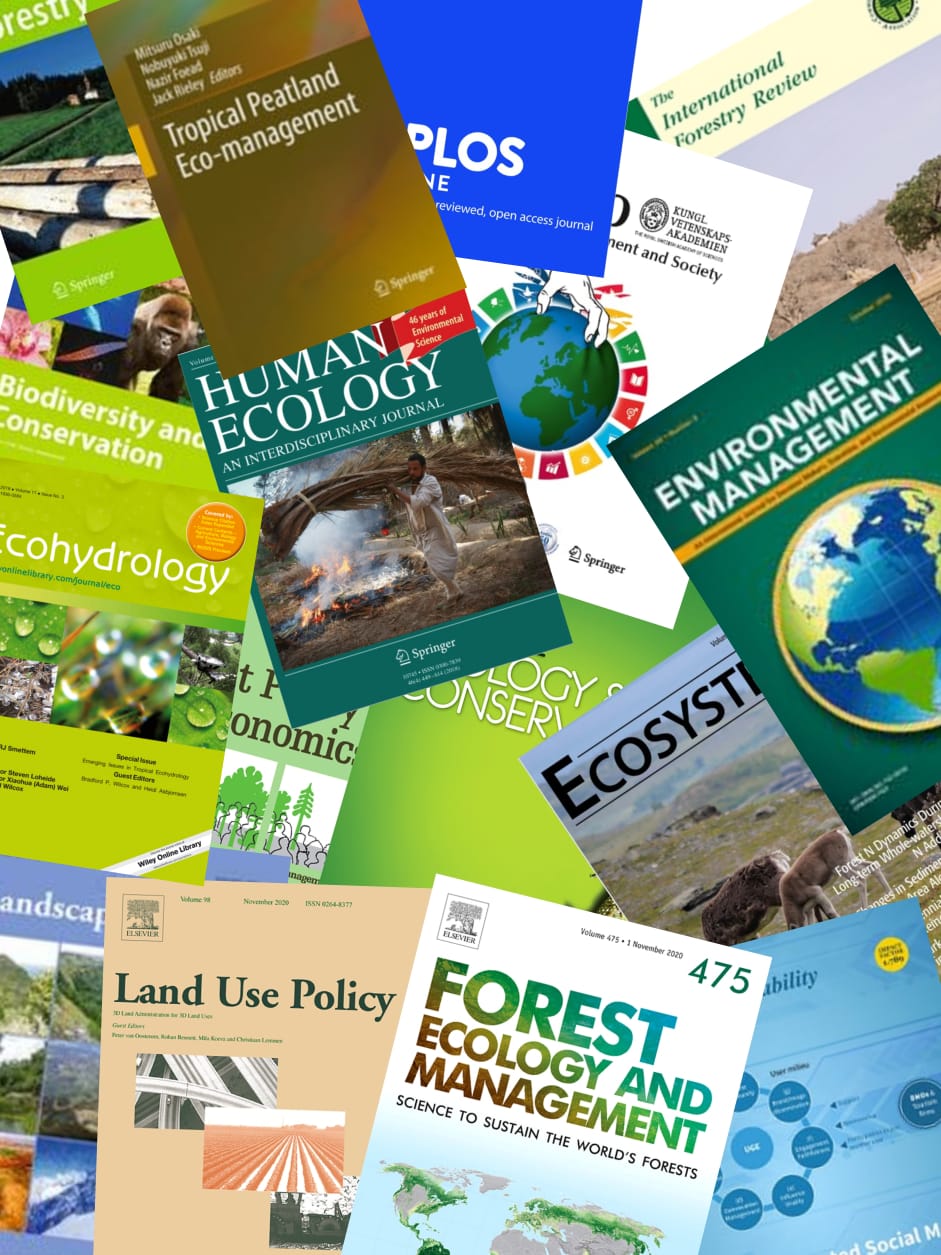Tropical peat swamp forests are unique ecosystems that are found in the tropical regions of Southeast Asia. Since tropical peatlands have high sunlight penetration, high temperature, and low pH (2.9–3.5), unique microorganisms can survive under certain environmental conditions. Acid-tolerant microalgae, Stichococcus-like species from a peatland in Malaysia, were isolated and identified as Tetratostichococcus sp. P1. This strain showed a high growth rate (µ = 1.47 day−1) with an optical density (OD730) of 9.25 in 7 days. Tetratostichococcus sp. P1 shows four primary fatty acids (C16:0, C18:1, C18:2, and C18:3) at different pH values. The highest total amount of fatty acids was at a pH of 5, followed by at a pH of 3 and a pH of 7 with 102.88 µg mg−1, 75.8 µg mg−1, and 67.77 µg mg−1, respectively. Tetratostichococcus sp. P1 reached an OD730 of 2.85 ± 0.40 at 12 days with a growth rate of µ = 0.22 day−1 when peat water was used as a nutrient source and produced a significant amount of C20:0. This result indicated that tropical peat water could be applicable for the mass growth of Tetratostichococcus sp. P1 to reduce cost for biodiesel production.
View source

